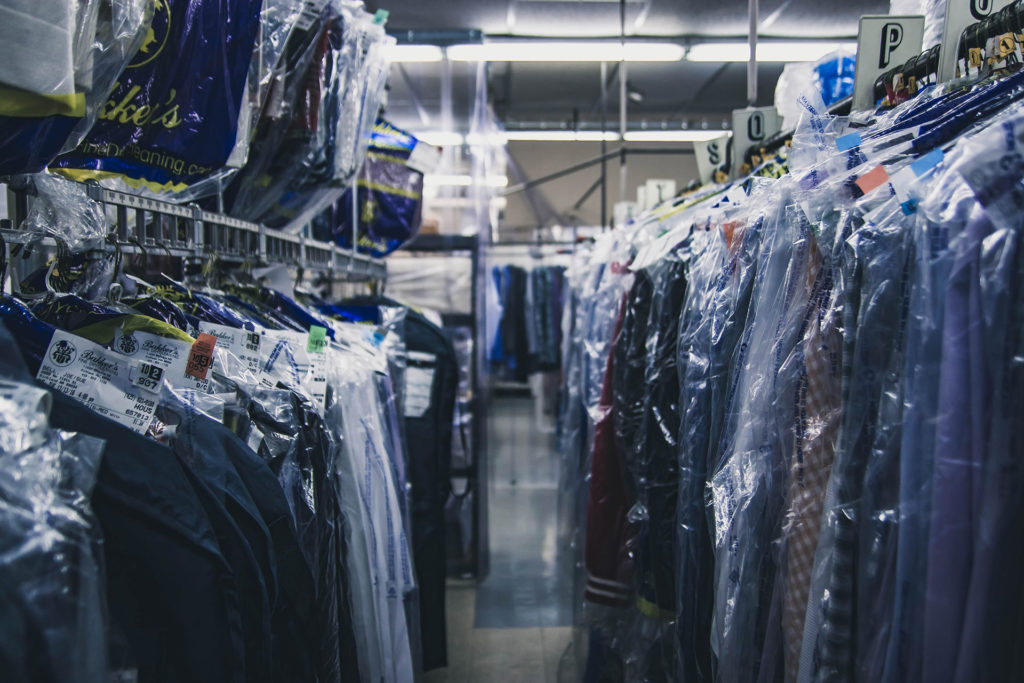Environmentally-safe solvents are alternatives to legacy dry cleaning chemicals like tetrachloroethylene, typically known as perc. These green choices include liquid carbon dioxide and plant-based cleansers. They are lower in toxicity and break down more easily in nature, which helps lowering ecological damage. By adopting these safer solvents, dry cleaners can offer a healthier service that is healthier for both customers and the planet.

Shifting to eco-friendly solutions also has economic advantages for dry cleaning businesses. Sustainability-focused practices can appeal to new customers who are focused on sustainability. Numerous consumers dry cleaning for suits today gravitate toward providers that prioritize their green practices. Additionally, implementing eco-friendly products can lead to minimized waste management expenses and reduced regulations, which can enhance profitability in the long run. This enables dry cleaning businesses to function more sustainably while also appealing to a rising demographic of environmentally conscious customers.
Beyond that, the adoption of these eco-friendly agents stimulates technological advancement within the garment care field. Businesses are exploring new approaches and technologies that not only enhance efficacy but also reduce resource usage. For example, some dry cleaners are investing in modern equipment that require less water and power while optimizing cleaning power. This commitment to innovation illustrates a wider shift toward sustainability across the business landscape, showing that being environmentally responsible does not mean reducing quality.
To summarize, revolutionizing professional laundering through the adoption of eco-friendly solvents represents a crucial step toward a greener tomorrow. By prioritizing low-impact, environmentally friendly alternatives, dry cleaners can safeguard both their patrons and the planet. As more businesses make this strategic transition, they support a cleaner planet and align with consumer preferences for greener practices. Ultimately, this evolution not only supports the ecosystem but also equips dry cleaning businesses for success in an environmentally aware economy.